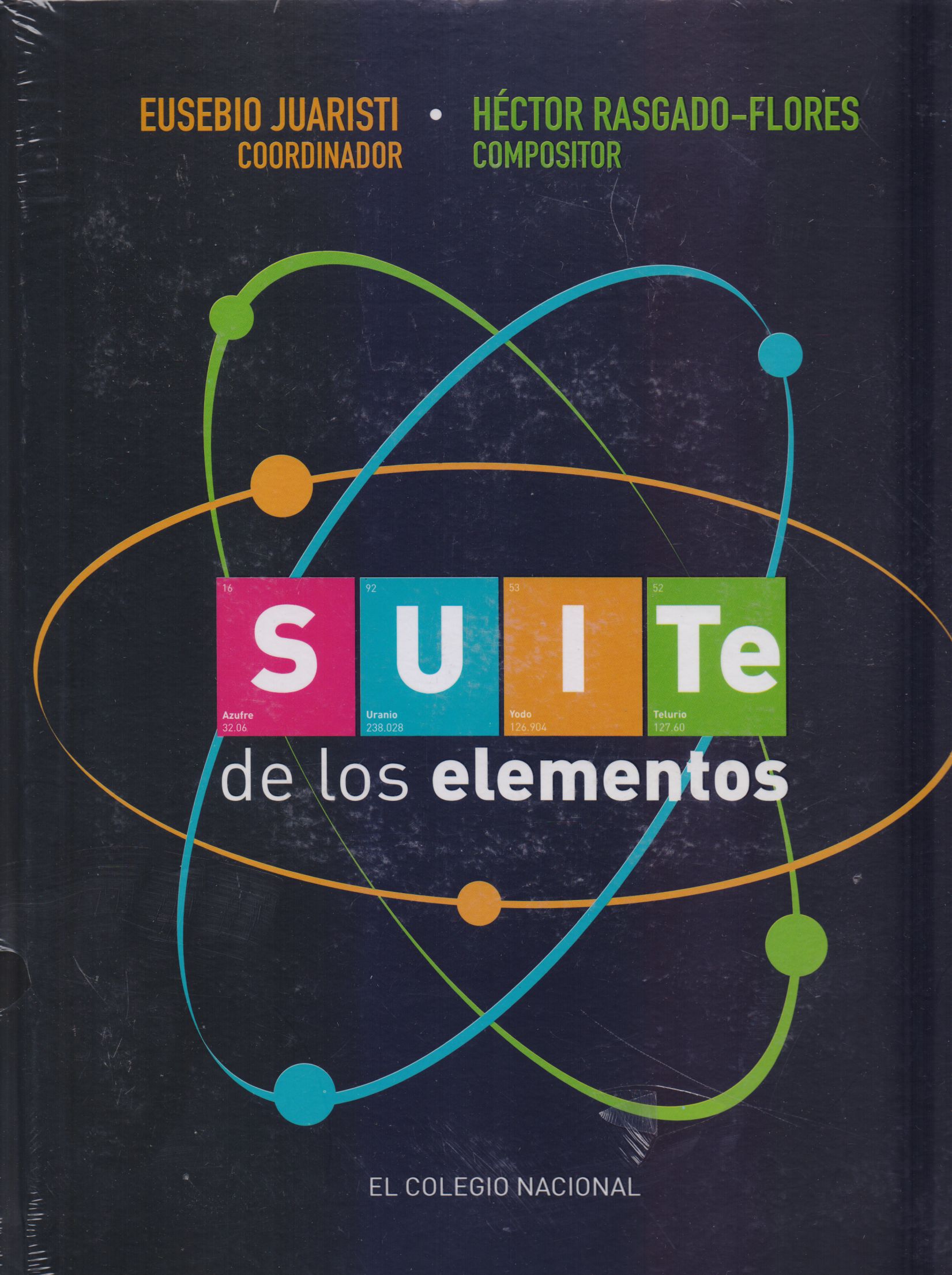Libros relacionados
 |
Génesis de la Desorientación Moderna: una Aproximacióm a la Relación Histórica E Talancón E. , José Luis Universidad Nacional Autonoma de Mexico |
 |
<<planos Geognósticos de los Alpes, la Suiza y el Tirol>> Los: de Carlos de Gimb Parra del Río, María Dolores Doce Calles |
 |
Resistive Random Access Memory (Rram): From Devices To Array Architectures Yu, Shimeng Morgan & Claypool Publishers |
 |
Linked Lexical Knowledge Bases: Foundations And Applications Gurevych, Iryna / Eckle-Kohler, Judith / Matuschek, Michael Morgan & Claypool Publishers |


|
Título: Six Degrees. The Science Of a Connected Age | |
| Autor: Watts Duncan | Precio: $261.00 | |
| Editorial: W. W. Norton | Año: 2004 | |
| Tema: Ciencia, Tecnologia | Edición: 1ª | |
| Sinopsis | ISBN: 9780393325423 | |
| Watts, a Columbia University sociology professor, combines his own research in network theory with summaries of the work of others who he says are "collectively solving problems which cannot be solved by any single individual or even any single discipline." The result is a dizzyingly complex blend of mathematics, computer science, biology and social theory that, despite the best efforts at clarification, often remains opaque, buried in scientific language and graphs. The book also assumes a high level of unfamiliarity on the reader's part with the subject, treating phenomena like the 17th-century tulip craze or the "Kevin Bacon game" as fresh news. Even more surprising, however, are the significant omissions- there is not a single mention of "tipping points," for example, the subject of a recent bestselling book. The parts of the book dealing with the author's own research are strong on science, but frustratingly vague on the social network of scientists with whom Watts has worked. There are intermittent highlights in the scientific account, such as an explanation of why casual acquaintances are more likely to provide life-changing opportunities than best friends, or a look at how New York City's reaction to September 11 illustrates current thinking on network connectivity and disruption, but, despite an admirable effort to syncretize discoveries in several fields, the book as a whole is too dry to compete effectively with the popularized accounts that exist for each separate field. | ||
Librería Bonilla SA de CV © Todos los derechos reservados. 2019
Última actualización: Jul 2019






